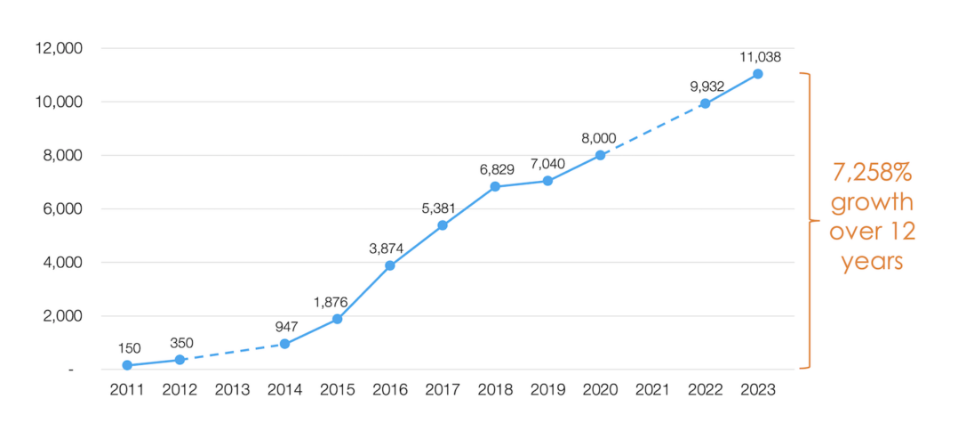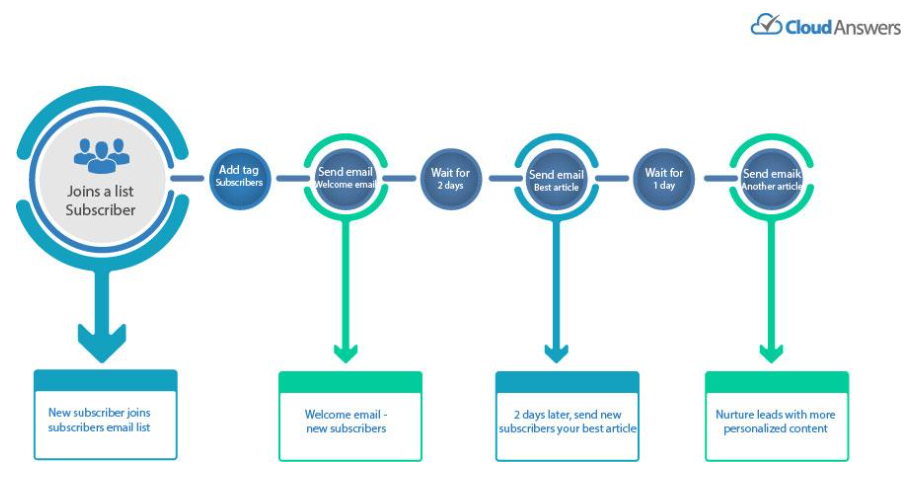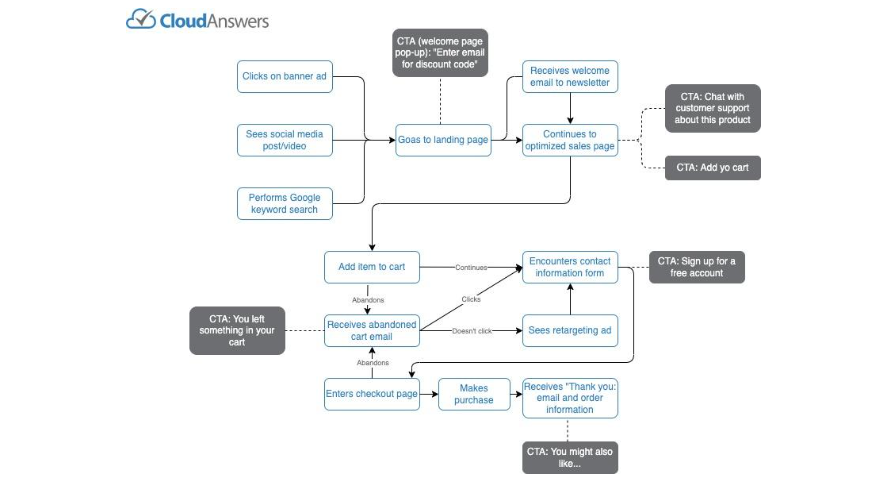Has the marketing profession moved forward or backward in the last 20 years?
The marketing technology (martech) landscape has changed dramatically in the last 20 years. In 2000, there were only a handful of marketing technology solutions available. Today, there are thousands of martech solutions covering a wide range of marketing functions, including customer relationship management (CRM), marketing automation, analytics, adtech platforms, retail media, and content marketing.
For the twelfth year in a row, the martech industry continued its growth, now encompassing an impressive 11,038 solutions. This represents an 11% increase compared to the count in 2022. Such a multitude of tools and technologies presents a significant challenge for marketers to navigate.

This explosive growth has made it easier for marketers to automate their workflows and gain insights into their customers. However, it has also made the martech landscape increasingly complex and confusing. Marketers today are faced with the daunting task of choosing the right martech solutions for their needs and integrating them into a cohesive system.
Here are some specific examples of how the martech landscape has changed in the last 20 years:
Content management systems (CMS)
These platforms are designed to facilitate managing and publishing various forms of digital content, including blog posts, videos, and social media updates.
The evolution of CMS has traversed a path from static web pages to the innovative JAMstack architecture. This journey is deeply intertwined with the history of open source development and the continuous evolution of the web.
During the early 2000s, open-source CMS options began to emerge, with notable examples like WordPress, Drupal, and Joomla gaining popularity. Then, with the introduction of smartphones and tablets around 2010, an increasing number of users begin to access the web through mobile devices.
In 2016, a significant turning point occurs, as global web access from mobile devices and tablets surpasses that from desktop computers.

Customer Relationship Management (CRM)
During the late 1990s and early 2000s, CRM software started integrating Sales Force Automation (SFA) features. These functionalities allowed businesses to monitor leads, oversee sales pipelines, and automate repetitive sales activities. This transformation significantly improved sales efficiency and equipped sales teams with the tools to expedite deal closures.
In the 2000s and 2010s, companies began harnessing CRM systems to develop focused marketing initiatives, automate email outreach, and monitor customer interactions across multiple channels. Throughout the 2010s and beyond, CRM software continued to evolve, expanding to include advanced customer service and support capabilities.
CRM systems enabled companies to monitor customer interactions across multiple channels, including email, social media, and websites. This allowed for a more holistic view of customer engagement and behavior. Customer-centric strategies in business and sophisticated software solutions are needed to facilitate marketing strategies.
A significant technological revolution reshaped how businesses operate in 2010. This period marked the widespread adoption of mobile technology. The business landscape transitioned from primarily using desktops and laptops for internet access to embracing on-the-go, multi-channel connectivity. This technological shift also led to the emergence of diverse CRM software solutions catering to specific business needs and industries, offering unique features beyond universal CRM capabilities.
The modern CRM landscape experienced a notable transition towards data-driven decision-making during the 2010s and 2020s. Today, AI-powered CRM systems have the capability to automate data entry, offer predictive analytics, and provide personalized recommendations.
The transition towards data-driven decision-making and the adoption of AI-powered CRM systems have fundamentally changed the marketing landscape. These changes have enabled marketers to be more efficient, proactive, and customer-centric, ultimately leading to improved marketing outcomes and customer satisfaction. Embracing these technologies and practices is essential for businesses looking to thrive in the modern marketing ecosystem.
Marketing Automation
Marketing automation was in its early stages of development in 2000. Today, marketing automation is a mainstream marketing technology used by businesses of all sizes to automate their marketing workflows.
According to Forrester Research, companies that excel in lead nurturing not only generate 50% more leads but also do so at a 33% lower cost. On the other hand, the Annuitas Group reports that nurtured leads tend to spend as much as 47% more than leads that have not been nurtured.
The data suggests that lead nurturing is a valuable strategy for businesses, as it can lead to increased lead generation, cost savings, and higher customer spending, ultimately contributing to improved business performance and profitability.
Lead nurturing is not only valuable for businesses but also for marketers. It enables marketers to work more efficiently, improve conversion rates, achieve a better ROI, build long-term customer relationships, and gain valuable insights, ultimately contributing to their success in achieving marketing objectives and driving business growth.
This eCommerce flow screenshot shows a simple email nurturing campaign:

In this lead nurturing strategy, various tactics are employed, including on-page pop-ups, email campaigns, and social media retargeting ads, all aimed at minimizing the number of individuals who abandon the sales funnel.

Web Analytics
In 2000, web analytics was the most common type of marketing analytics used by businesses. Today, businesses have access to a wide range of analytics solutions, including customer analytics, marketing attribution, and predictive analytics.
Businesses utilize analytics services to gain insights into customer behavior and improve their online presence. Now in its fourth version, Google Analytics is a widely adopted tool, with around 28 million businesses relying on it for web analytics.
In 2005, Google acquired Urchin for $30 million and integrated its analytics technology into its own services. This led to the creation of Google Analytics, closely tied to Google’s web marketing offerings. In 2012, they introduced Universal Analytics, allowing user tracking across devices and offline behavior monitoring. Machine learning was later incorporated for real-time learning.
In 2020, Google introduced Google Analytics 4 (GA4), combining app and web analytics while prioritizing user privacy. Google’s Universal Analytics is set to be permanently shut down in the summer of 2023.
The evolution of web analytics, as exemplified by the Google Analytics platform, underscores the growing importance of data-driven decision-making in marketing, the need to adapt to changing technology and privacy considerations, and the significance of staying current with analytics tools to remain competitive in the digital landscape.
Content Marketing
Content marketing was a relatively new concept in 2000. Today, content marketing is an essential part of most marketing strategies.
Robert Rose, Chief Strategy Advisor at CMI, emphasized the importance of content operations and customer data in the content marketing strategy for tech marketers in 2021. He pointed out that rather than waiting for a new normal post-pandemic, marketers should recognize that the current digital landscape is the new normal.
Rose stressed the need for content marketers to understand content operations at scale, including technology, governance, and structuring content for reuse and scalability. He also emphasized the importance of having a 360-degree view of the audience, including “Zero Party Data,” which is the data willingly shared by customers. This approach is crucial for building and engaging an audience effectively.
Hence, marketers should prepare to make content more efficient and measurable, going beyond content creation skills. Building credibility and trust is a primary goal in content marketing, and to achieve this, marketers must leverage customer data effectively.
Moving Forward or Backward
So, has marketing profession moved forward or backward in the last 20 years?
The martech revolution has given marketers unprecedented power to reach and engage their customers. With the right martech solutions in place, marketers can automate their workflows, personalize their messages, and measure the results of their campaigns with greater accuracy than ever before.
On the other hand, the martech revolution has also made it more difficult for marketers to stay ahead of the curve. The martech landscape is constantly evolving, and new solutions are emerging all the time. It can be challenging for marketers to keep up with the latest trends and technologies.
Additionally, the increasing complexity of the martech landscape has led to a skills gap in the marketing profession. Many marketers do not have the skills and experience necessary to manage and integrate complex martech systems.
It is an increasing area of marketing developments that is highly agile and yet volatile enough for companies to place their dollars and faith into expectant ROIs.
Overall, I believe that the martech revolution has been a positive development for the marketing profession. However, it is important for marketers to be aware of the challenges that come with it. Marketers need to be strategic about their martech investments and make sure that they have the skills and resources necessary to manage and integrate their martech systems effectively.



















